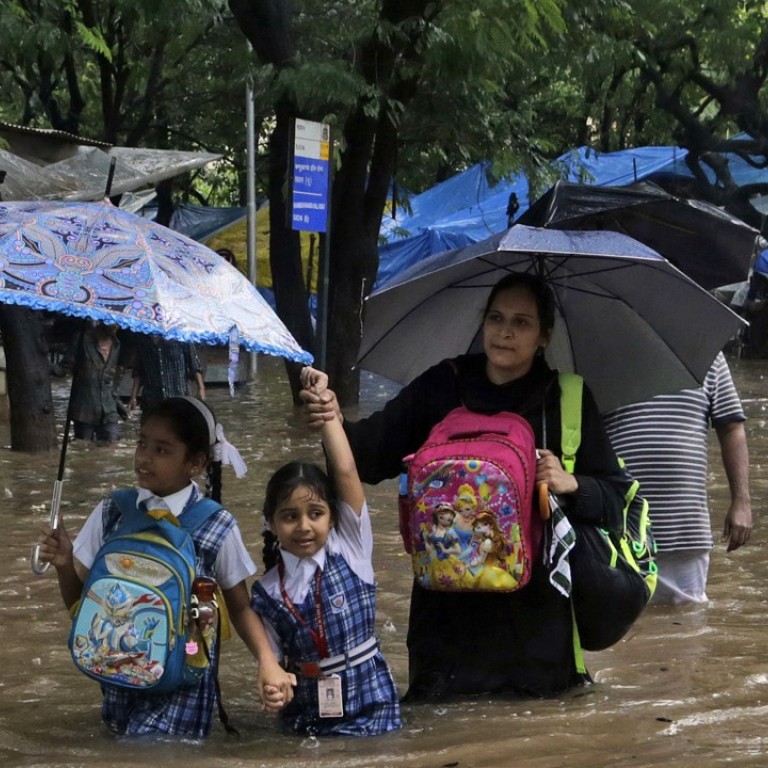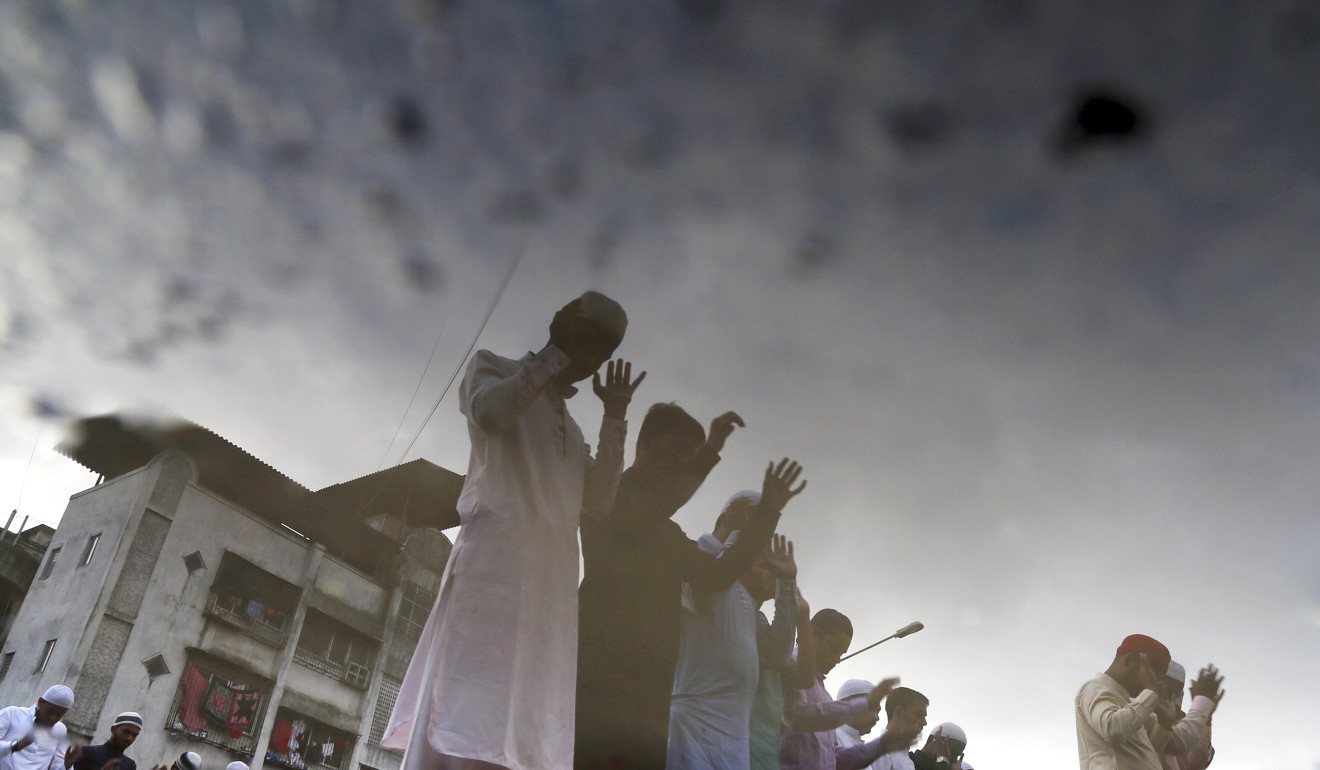
South Asian monsoons and flooding expose Mumbai’s overdevelopment and greed
Priya Virmani says we will keep seeing a repeat of the Mumbai flood disaster unless out-of-control development is curbed and proper drainage infrastructure installed by authorities who seem all too willing to ignore the problem
This mix has also become a perfect ground for the greed of private developers. Natural features slowing the floodwaters have been destroyed in the name of development and the danger of building on flood plains has been disregarded. Sadly, Mumbai’s municipal corporation has not laid down stringent ground rules, which ought to include non-negotiable restrictions on building on flood plains.

Floods swamp Mumbai after month’s worth of rain falls in a single day
Add overbuilding to an outdated drainage system in a region of heavy rainfall and you have a crisis waiting to happen. No civic sense and recourse to proper waste disposal for the city’s 12 million poor further stresses the drainage system and waterways with detritus, and exacerbates the crisis. Rainwater is left with nowhere to go horizontally, so it rises into vertical walls of floods that wreak havoc.
Add overbuilding to an outdated drainage system in a region of heavy rainfall and you have a crisis waiting to happen
Every year, the city floods; the 2005 flooding was catastrophic. Solutions proposed after that disaster included reclaiming Mumbai’s rivers like the Mithi, which have been turned into garbage canals. Yet, there has been little or no progress and we now have a repeat, more than a decade later. Accordingly, the Mumbai High Court proclaimed last week that the city’s handling of the floods are stymied and had “not moved an inch”.
Measures to make safe India’s dilapidated colonial-era buildings – a scourge in many of its cities – are essential but remain conspicuous by their absence, too.
In 2010, in Calcutta, a blaze at one British-era building killed more than 40 people. An investigation found that a short-circuit caused the fire at Stephen Court, on upmarket Park Street. Locals said no maintenance or safety features were in place. Today, many buildings remain in a state of disrepair in Indian cities, not just in rundown areas, either.
In sprawling, overpopulated Indian cities such as Mumbai and Calcutta, once the monsoon havoc has abated, the uncomfortable spotlight needs to remain on reckless greed, appalling drainage infrastructure and the menace of old colonial-era buildings in need of urgent maintenance. Otherwise, we will keep seeing India’s annual monsoon rains compounded into recurring “natural” disasters.
Dr Priya Virmani is a political and economic analyst
